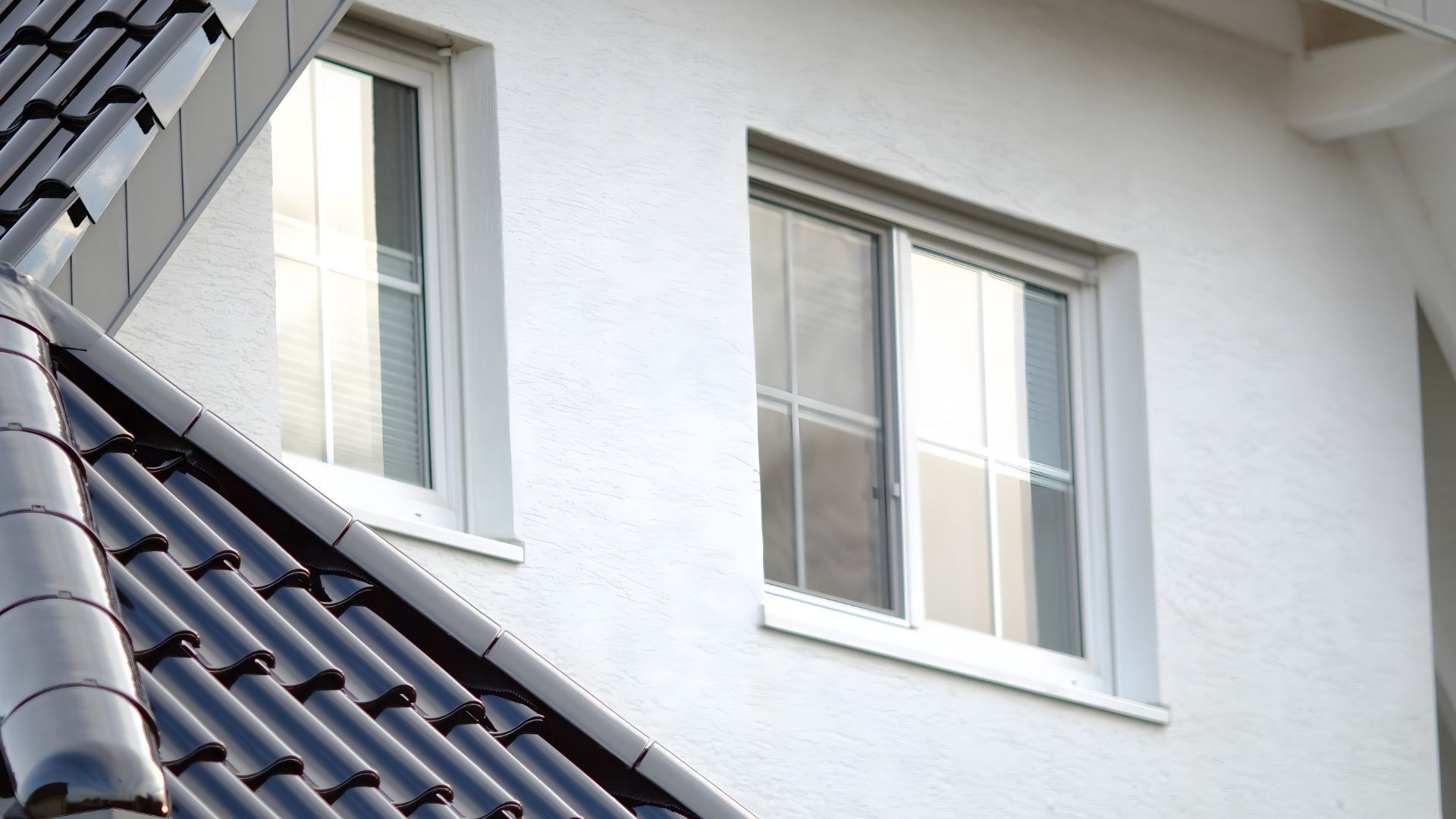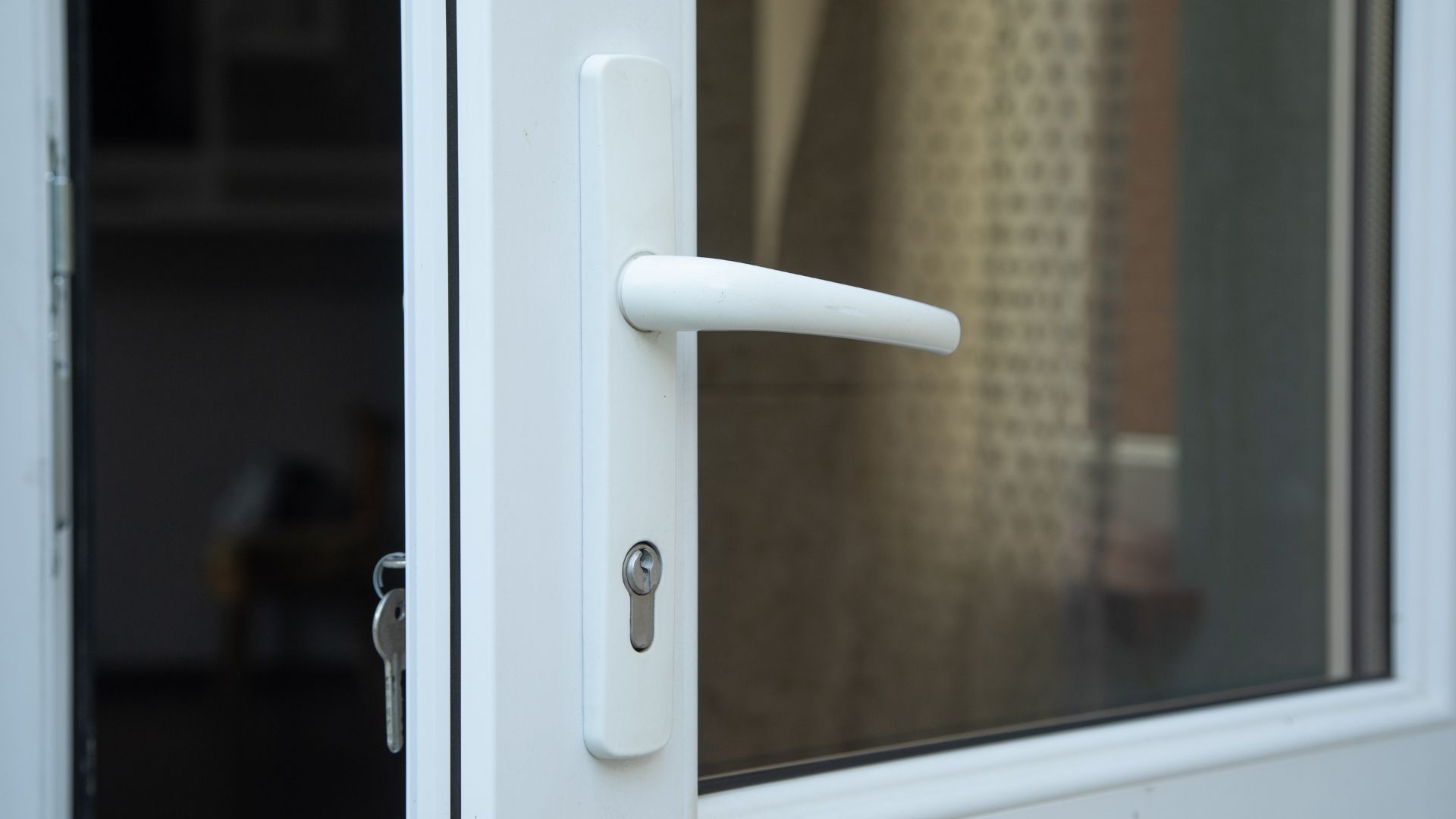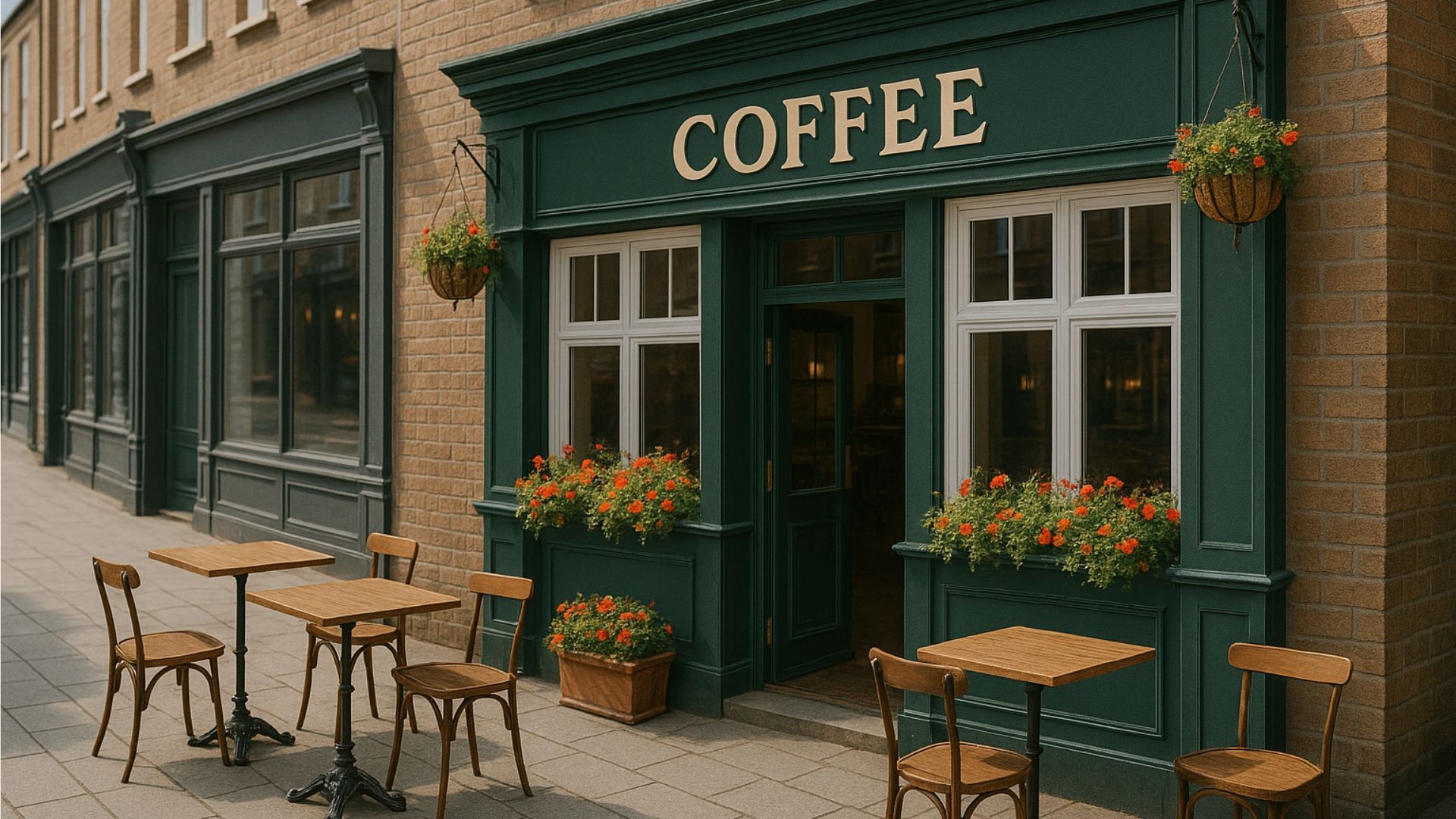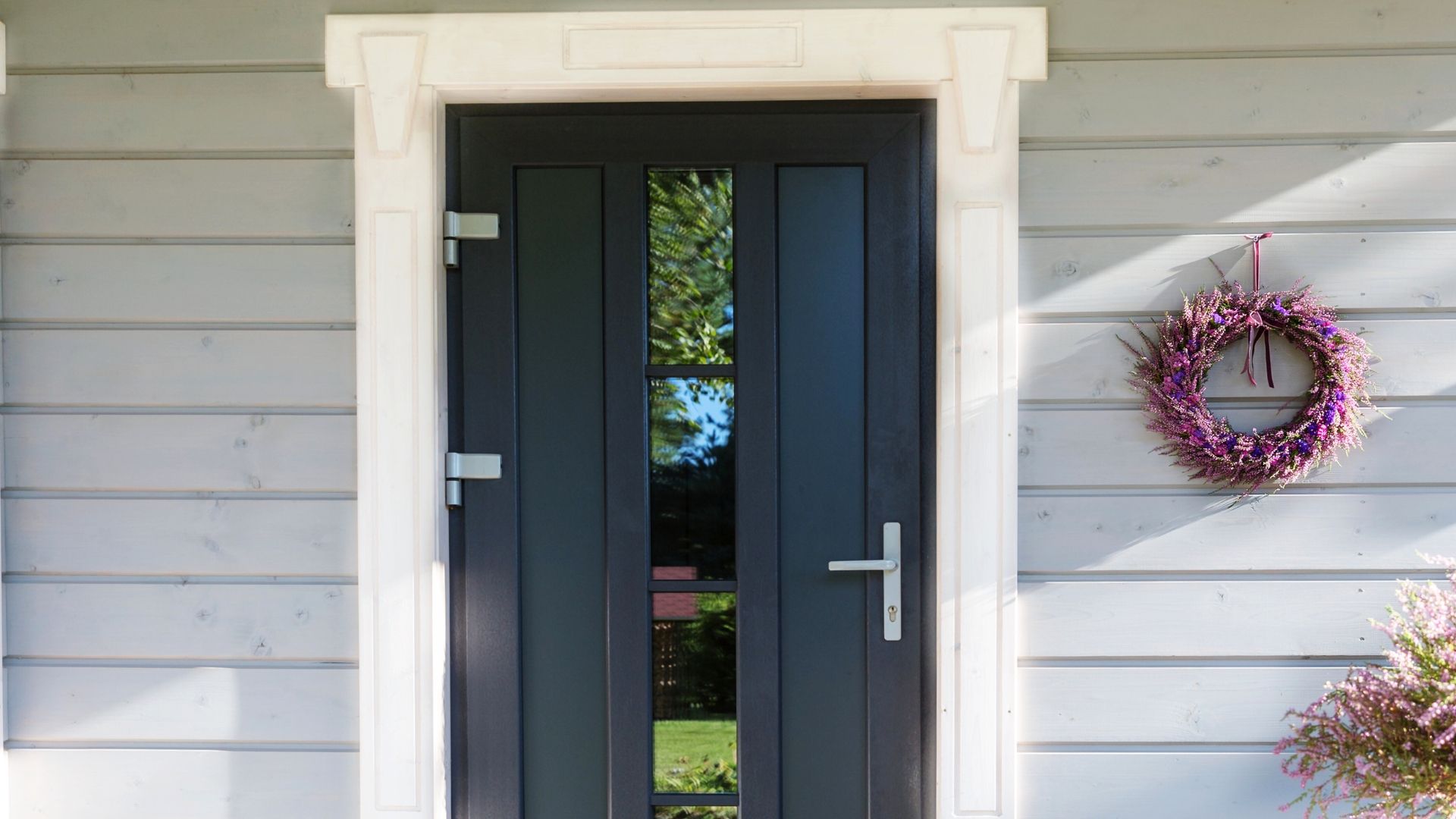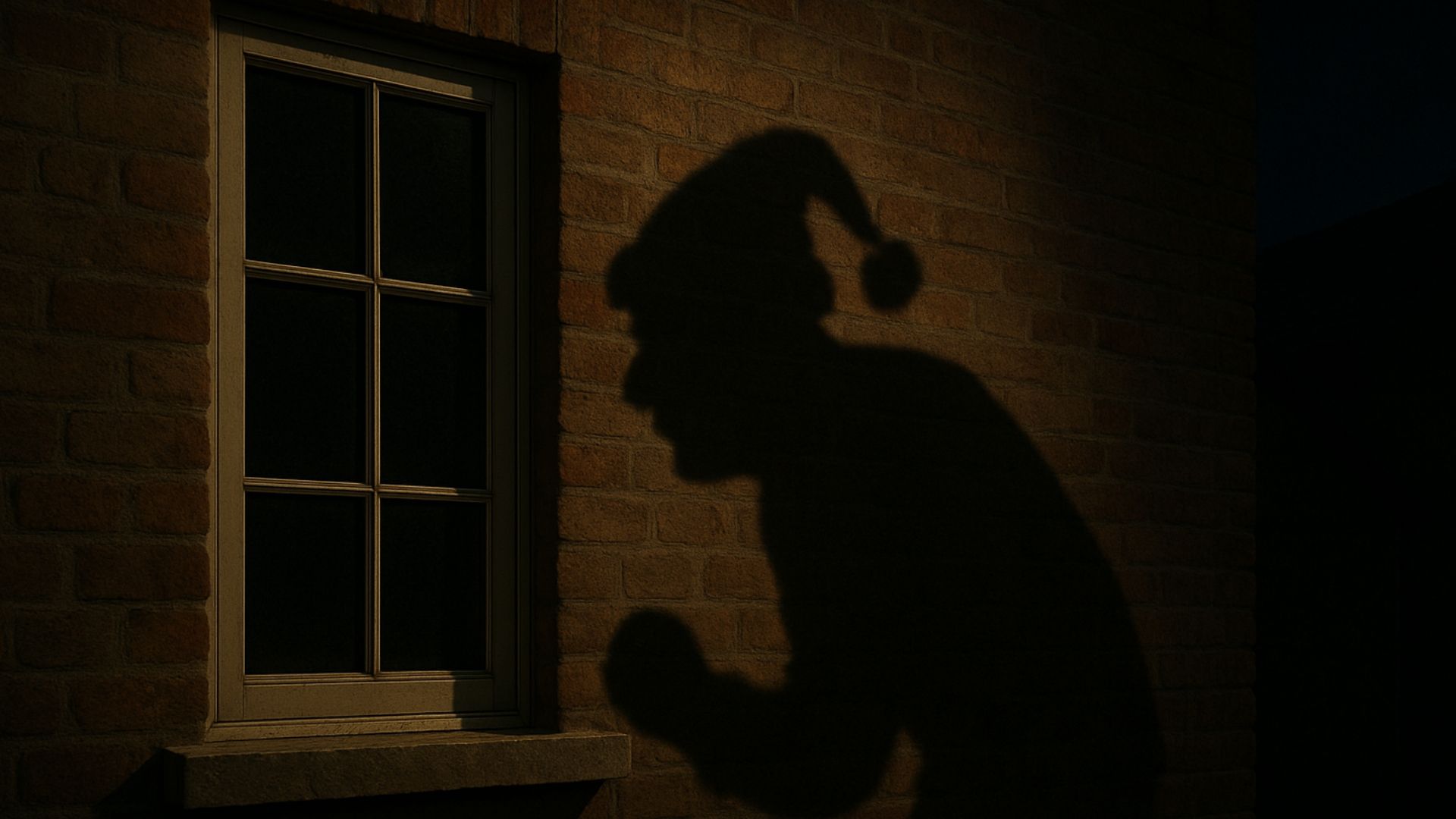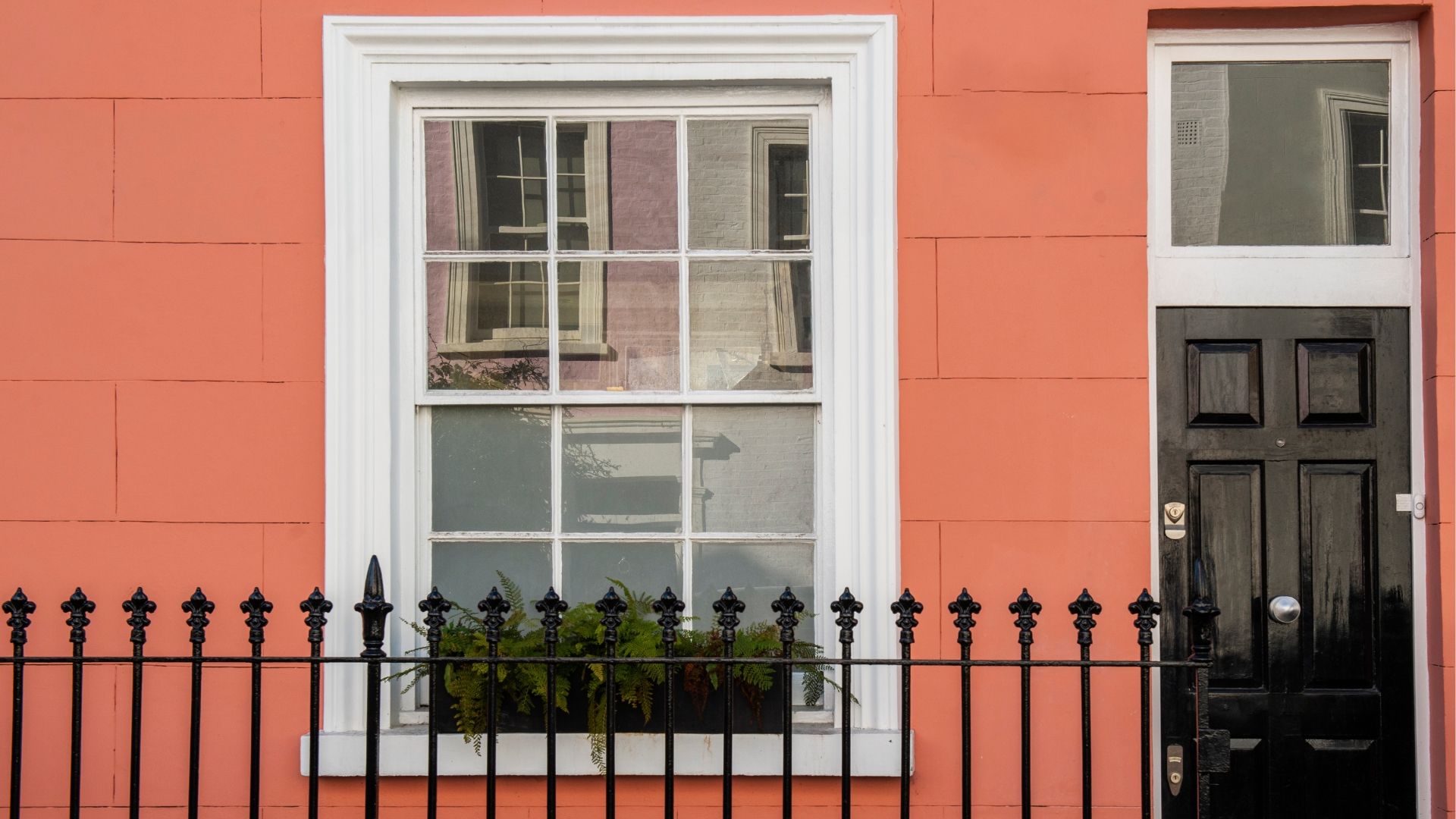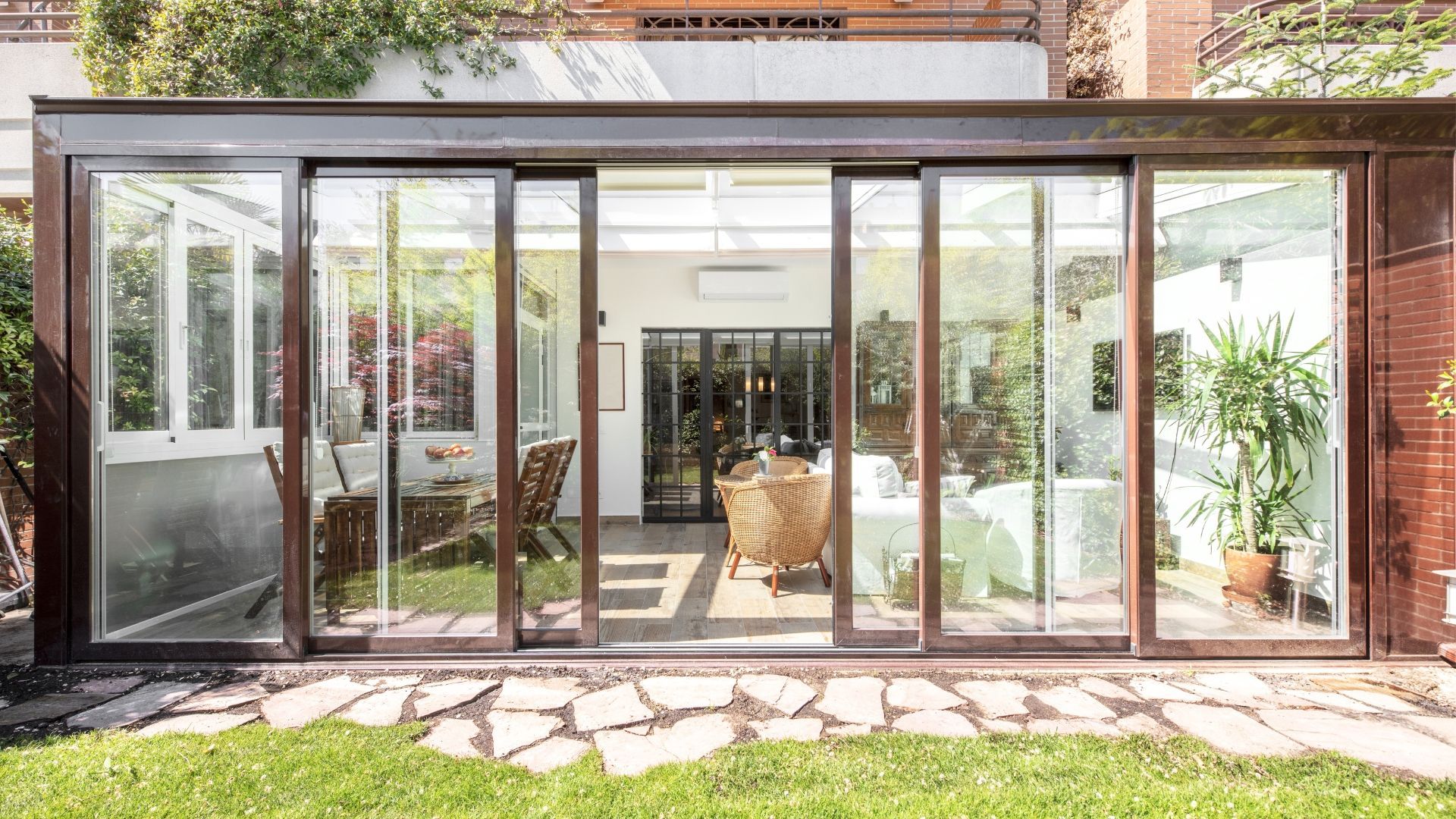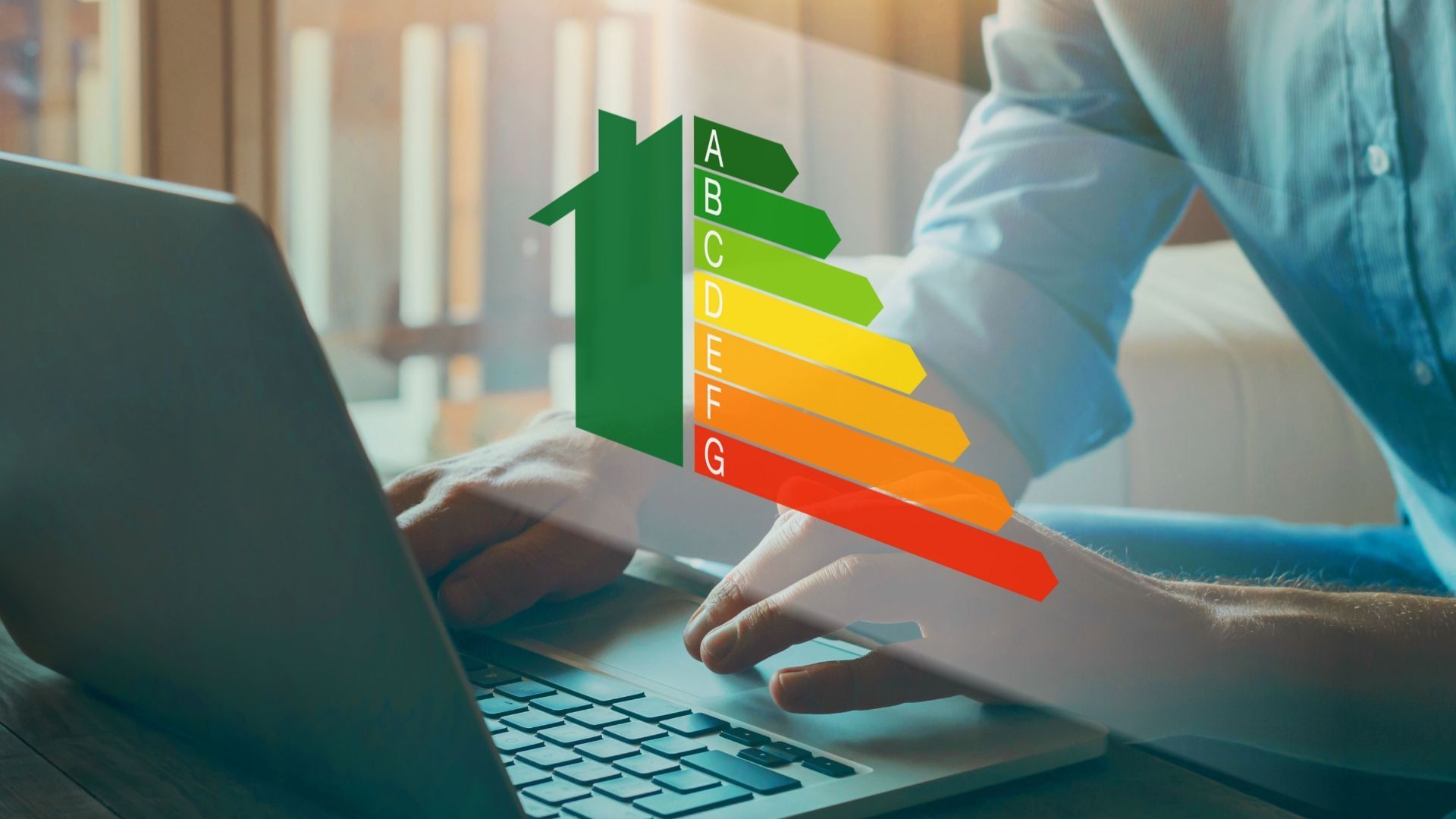How to change locks on uPVC doors
Need to change a lock on a uPVC door? We've got you covered. Learn how to do it in a handful of easy steps.
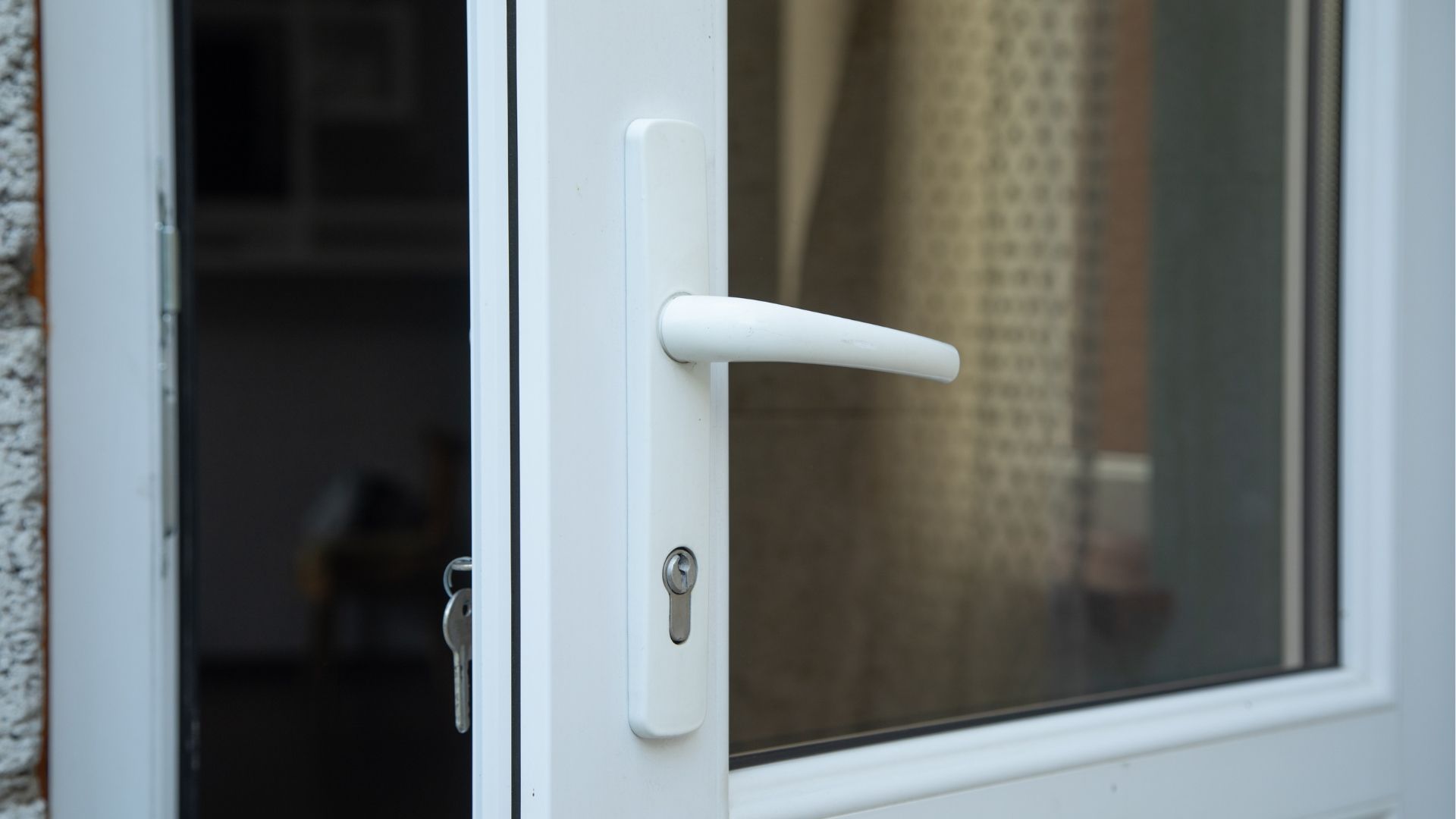
If there's one experience common to homeowners, it's this. Every so often, you'll discover a new job needs to be done that you'd never considered before.
Changing the locks on a uPVC falls squarely into this category. Most of us accumulate a little knowledge about boilers, gutters and other household essentials simply by being alive. But few of us could happily explain how to change a lock without calling a locksmith.
Nevertheless, it's a job that needs to be done now and then. It could be that you're struggling with a faulty handle, a sticky key, a stubborn locking point or a door that wiggles in the frame. Whatever the reason, don't despair: this is a job that can be done in a matter of minutes.
You can, of course, call a locksmith. But this is one of those jobs where you can save time and money by doing it yourself.
The first thing to do, however, is to identify whether the whole multi-point locking strip needs replacing or whether you only need to replace the centre case. This is the part of the lock that the key goes into.
How do you change the multi-point lock on a uPVC door?
To change the multi-point locking system on a uPVC door, you first need to gather your tools. This will definitely include a screwdriver and may also include a drill and a rubber mallet.
First, you unscrew and remove the handles and cylinder. You then do the same for the lock strip, starting at the top and carefully easing it out of the door.
You then install your replacement lock. This should be the same model and measurements as the old one. Once it's screwed in, you need to reattach the cylinder and the handles.
Once that's done, it's time to test the lock from inside and outside.
How do you change the centre case on a uPVC door?
First, you need to remove the old centre case. It helps to know a little about the mechanism of a uPVC door lock before you start.
The key enters a barrel. This is a shaft of metal with a mechanism in the middle. When you turn the key, the mechanism is activated and locks the door in place. The barrel is held in place by a screw.
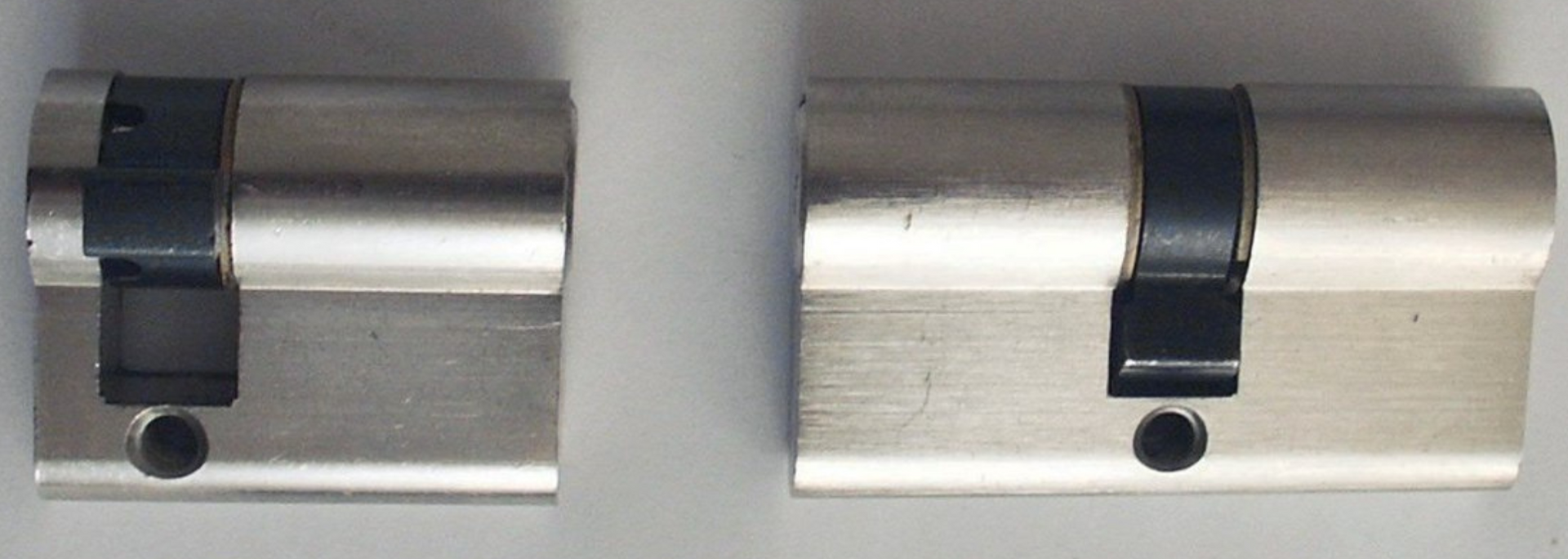
All you need to do is remove the screw or screws using a screwdriver or an electric screwdriver. Make sure the key is in and turn it to the vertical position. If the key is to one side, the internal mechanism will stick out and the barrel won't come out. Turn the key slightly until the barrel starts coming out.
Next, you need to buy a replacement lock.
Buying a replacement lock
A barrel has two measurements. It's split down the middle by a strip where the screw hole sits. You need to measure from either end up to but not including this middle strip. Add them together, and you have the measurements you need to buy a replacement.
You should also find out what brand the lock is. The name of the brand is likely to be on the metal strip in the door.
Finding a like-for-like replacement for your centre case or multi-point locking system will save you headaches down the line. You can buy a replacement lock online or from a local hardware store.
If you're unsure about the brand, measurements or other details of your lock, you could take the lock into a hardware shop. Alternatively, you could upload a picture to a lock supplier's website or send it to them in an email.
Now you've got your replacement lock, it's time to put it into action.
How to replace a lock
Replacing the lock is a piece of cake. Put the barrel back in the hole, reinsert the screw, then tighten it.
Test the lock to make sure it works – and voila! You've changed the lock on a uPVC door.
How we can help
Here at Calder Windows, we're highly experienced in both uPVC door repair and uPVC door replacements. All our doors come with a 10-year warranty – so if you're having trouble with the lock, you're covered.
If your door lock has to be replaced for any reason, you may want to consider upgrading your door. This can enhance your home's security, its kerb appeal and even its energy efficiency.
Our uPVC doors are fitted with Yale locks for the utmost security. You can personalise your door with a choice of attractive colours. Each door is made from high-quality materials and built for British weather.
Frequently asked questions
What is a uPVC door?
uPVC stands for unplasticised polyvinyl chloride. It's a rigid and strong form of PVC (polyvinyl chloride).
Its durability, low maintenance, thermal insulation, sound insulation, fire resistance and recyclability make it a popular choice in the construction industry. It's also widely used in the manufacture of doors and windows.
What are uPVC door locks?
uPVC door locks are locks designed to be used with uPVC doors. When you lock the door, multiple locking points are engaged. This provides extra security for homeowners, tenants and business owners alike.
Are uPVC door locks universal?
No. There are, however, common sizes and types available online and from hardware stores. These include Euro cylinder locks, multi-point locking systems and mortice locks. Each type comes in different sizes and dimensions.
Can uPVC door locks be repaired?
Yes – uPVC door locks can often be repaired. Most problems can be fixed at home. In some cases, however, you may want to call a locksmith to diagnose and resolve the problem.
Are you looking for a uPVC door supplier near you? Based in West Yorkshire, Calder Windows has been supplying and fitting high-quality doors for 30+ years. Get in touch today for a quick, competitive quote.
Get a FREE quote
Are you on the lookout for uPVC window fitters in Wakefield or West Yorkshire? With over 30 years' experience and an extensive range of uPVC windows, we can help. Request a quote today or apply for finance and spread the cost.

